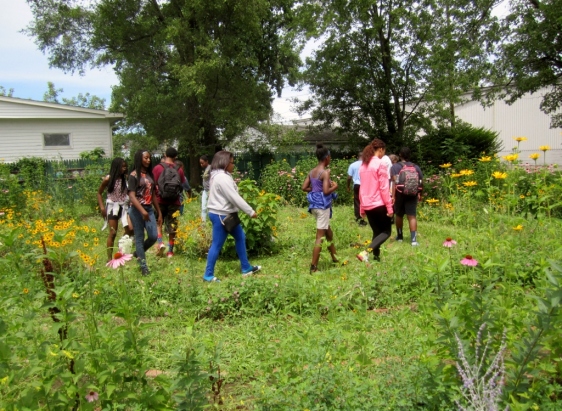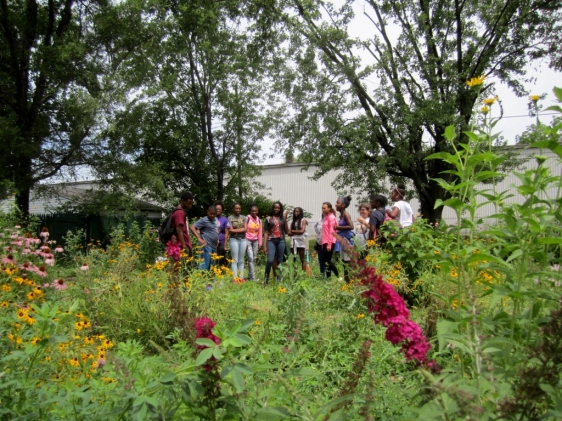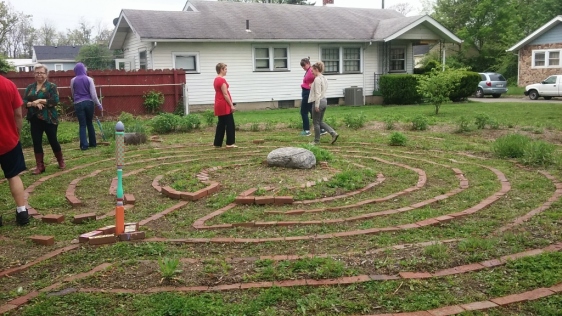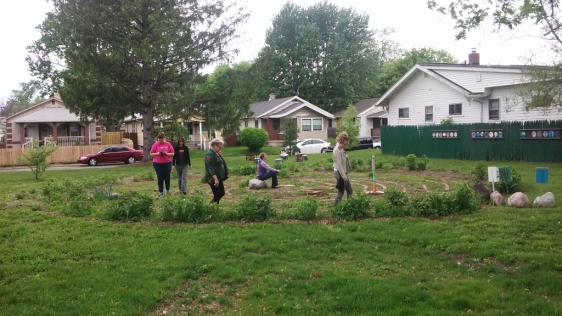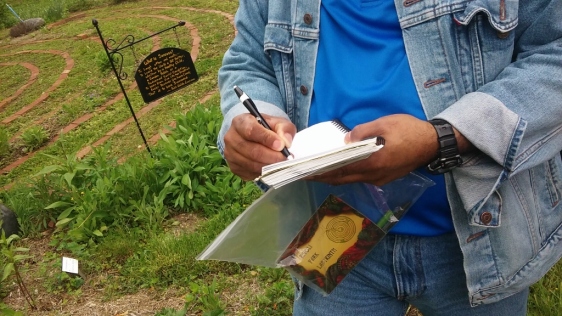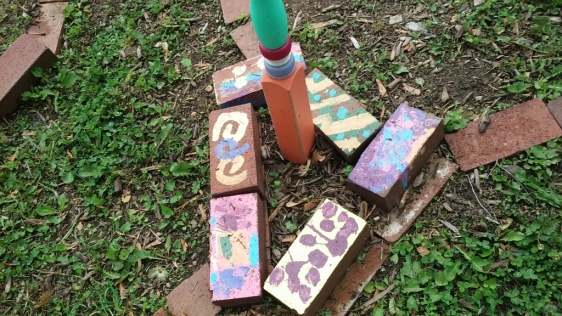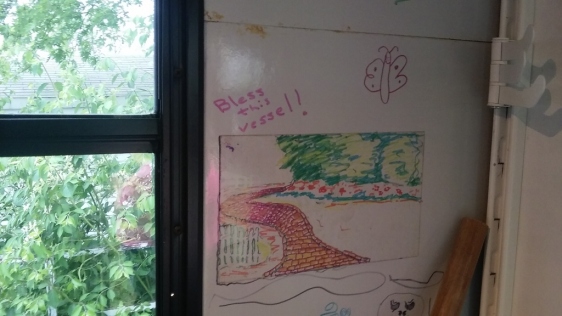On Peace Day
This was my favorite moment of the Peace Day gathering last week at Rivoli Park Labyrinth: when young Elijah piped up with an innocent question. He’s 9, and his mother Alicia Oskay was leading us in some gentle postures and breathing. When she mentioned how yoga brings more peacefulness, in keeping withInternational Day of Peace, Elijah stage whispered, “Is that a thing?”
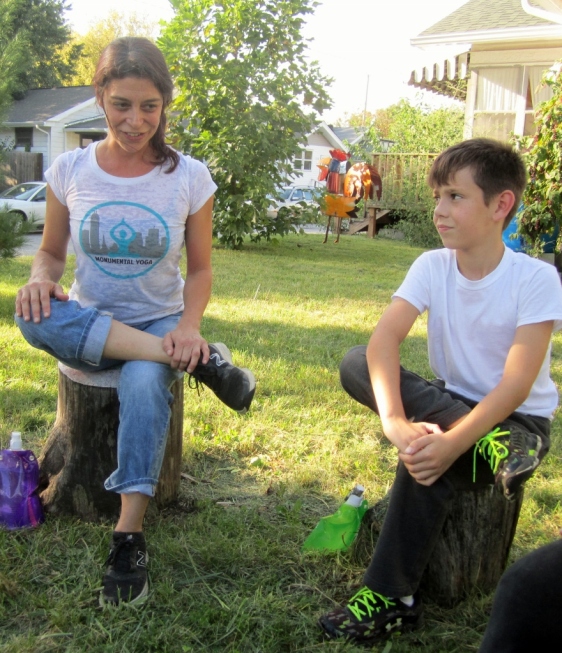
Alicia and her son Elijah modeling hip stretches.
Why yes, young sir. Your mother did not make it up. This Peace Day business is for real. According to the website, “Peace Day provides a globally shared date for all humanity to commit to Peace above all differences and to contribute to building a Culture of Peace.”
International Day of Peace is observed around the world each year on September 21st, ever since it was established in 1981 by a unanimous United Nations resolution. In recent years, people observing the day have begun using the hashtag #peaceday to share stories of random acts of kindness and inspirational quotes on social media.
Locally, about 25 people came together at Rivoli Park Labyrinth to mark the day. This pocket park in a vacant lot, founded by Lisa Boyles, has hosted many other meaningful gatherings.
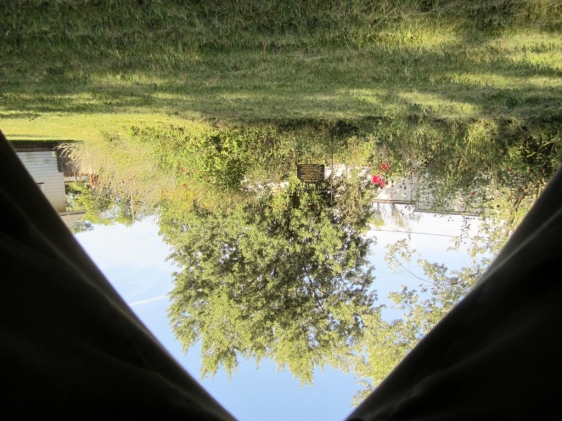
View of the labyrinth from my forward bend.
After yoga, Lisa invited all of us to make #PeaceDay signs for our walk through the Rivoli Park neighborhood with local law enforcement. (For everyone making a sign, she banked a half hour on TimeBank Indy, our local hours-bartering exchange network.)

Elijah shows the poster he and his mother created.
Both the Indianapolis Metropolitan Police Department and the Marion County Sheriff’s Department were represented in our little march. We drew honks and waves and fist pumps from passing drivers, and one woman on foot offered several God-bless-yous.
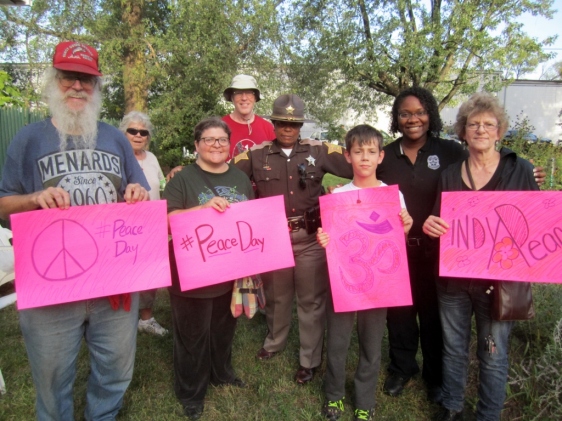
Getting ready to walk the neighborhood.
We returned to the pocket park to share food and conversation, and walk the labyrinth at our leisure. For more details on the day, find an IndyStar photo essay here.
Lisa has coordinated the labyrinth’s fans into various neighborhood projects over the years. Coming up this week is Indy Do Day—an annual three-day citywide service blitz, set for Sept. 29, 30, and Oct. 1. The Rivoli Park Labyrinth was installed on Indy Do Day on October 10, 2013.
“I would like the tradition of doing service and giving back to continue,” she says, emphasizing that everyone is encouraged to find an Indy Do Day opportunity to spread some good in the community. She herself plans to offer her time packing snack bags for children in a low-income neighborhood alongside a group called #gRoE , Inc.
Projects like these can be found by searching the website of Indy Do Day.
